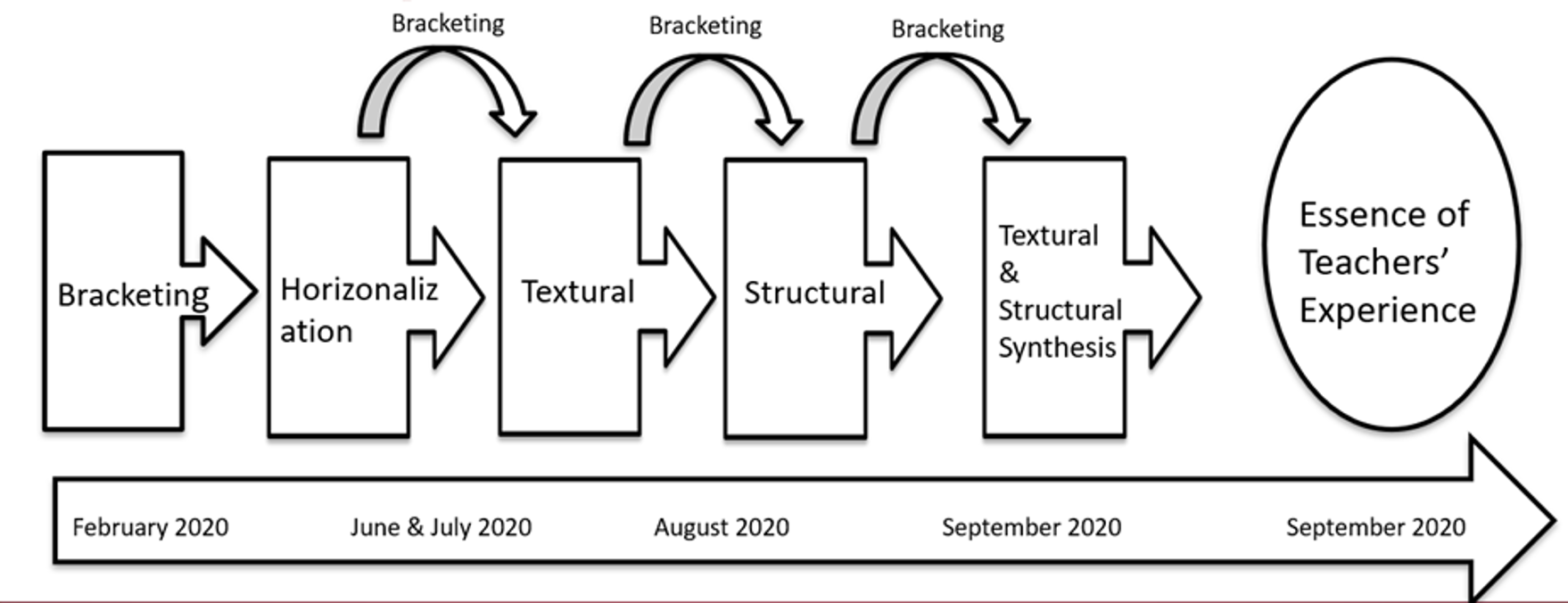RS: qualitative design 5
1/19
There's no tags or description
Looks like no tags are added yet.
Name | Mastery | Learn | Test | Matching | Spaced |
|---|
No study sessions yet.
20 Terms
attributes of qualitative research
focus on people; discovery and exploration in natural settings
health science; new emerging area
holistic, participants meaning
interprets with inductive reasoning
systematic yet flexible
multiple sources of data
textual, visual, audio, etc.
small sample size (1-60)
rich descriptions
identifies data patterns
build theories
researcher as key instrument > need reflexivity
qualitative designs (5)
narrative
phenomenology
ethnography
case study
grounded theory
narrative research
Storytelling
collecting and telling story or stories (in detail)
narratives about experiences of individuals, describe life experience and discuss meaning
researcher becomes interpreter of individual's stories
researcher seeks out information through interviews, family stories, journals, field notes, letters, autobiography, conversations, photos, and other artifacts
narrative data analysis runs counter to other qualitative analyses as data is not broken down into codes.
chronology is often utilized with this approach.
qualitative methods checklist
mention basic characteristics of qualitative research:
DESIGN: state type, hx of design, definition & application
reflexivity
WHO: sampling/recruitment? population? rationale?
METHODS: data collection, recording procedure, data analysis method
ANALYSIS: analysis method? research reviewed data? codes? themes? abstract and higher level themes? base for interpreting analysis been specified?
FINDINGS: mentioned outcomes? visual model? multiple strategies to validate?
qualitative data analysis forms (3)
simultaneous Procedures - while interviews are going on, researchers may be analyzing interview data collected from previous participants.
winnowing the Data - text and image data is so dense and rich. This process is focusing on some data that is relevant to your research question and disregarding other data.
Software Programs: NVivo, MAXqda, Provalis

tips for writing qualitative procedures
Identify the specific approach and provide references.
Provide some background information about the approach.
Discuss why it is an appropriate strategy for the proposed study.
Identify how the use of the approach will shape the aspects of the design process. Title, research problem, research question, data collection and data analysis.
data collection procedures
participants
purposefully select!, recruiting? # participants? site?
data collection method
observation? interview? documents? audio-visual and digital materials?
saturation signals end
types of qualitative data collection (4)
qualitative observation
qualitative interviews
qualitative documents: diary, field notes, etc
qualitative audio-visual materials: photos, video, art, sounds, film
data saturation
AKA data redundancy
fresh data no longer sparks new insights or reveals new properties or participants are continually sharing the same information with the researchers.
start to get same data > time to stop
qualitative sampling
what type selection is used?
types? (7)
purposeful selection!!! ensure get data needed to answer question
TYPES:
criterion sampling
based on criteria
maximum variation
gain understanding of multiple facets (students, faculty, CI, FW educators)
typical
fit the norm
snowball
convenience
homogenous
all sample same characteristics
total population
everyone associated w/group (children, parents, teacher)
recording procedures (2)
observation protocol: develop protocol for recording observations
interview protocol: develop interview protocol (typically semi-structured)
data analysis steps
raw data
organizing and preparing data
reading though all data
coding data
themes and description: 5-7 per research (supported by quotes); represented by models, drawings, tables
interrelating themes/description
interpreting meaning of themes/description
categories of codes
expected codes
surprising codes
codes of unusual or conceptual interest
predetermined codes
visual images may be coded
interpretation of qualitative data
Summarize the findings
Compare the findings of the study to findings in the literature
Discuss the researchers’ personal views
State the limitations
State future research
phenomenology
phenomena, Lived experiences
understanding essence of experiences and what meanings are drawn from experiences.
examines specific phenomenon
focus on people’s subjective experiences and interpretations of world.
PROCESS INCLUDES:
Bracketing (set aside researcher bias)
Collecting Data
Analyzing Data
Transforming Data
Sharing the Story
EX:
exploring lived experiences of children undergoing major surgery
Lived experiences of refugees
Experience of life after SCI
grounded theory
Generating theory from data.
“Grounded” in viewpoints of participants
seek to explain what is occurring in social context and aims to develop theory.
focuses on social processes.
utilize many forms of data – interviews most common.
Identifying process or sequence which is held to be in common with group of individuals.
produces theory or set of explanatory concepts.
Ground-up or bottom-up processing.
EX: coping strategies of women that experienced childhood sexual abuse
ethnography
culture; AKA naturalistic research
method of describing culture, group, or society
cultures and subcultures everywhere: in hospitals outpatient clinics, physical education classes.
cultural aspects include group’s beliefs values and knowledge.
how do groups create and negotiate meaning? structure? hierarchy?
emphasizes the observation of details of everyday life as they naturally unfold in the real world.
ethnographers visit settings and stay for prolonged periods.
descriptive observations!! leading to focused observations.
field notes are key.
EX:
observing a group of children playing, employees in a corporate office, and occupational therapists in a hospital or a school classroom.
case study
both qual and quant
case Study- in depth study
one person, group, or event.
every aspect is analyzed to seek patterns and causes of behavior.
intense investigations of a single unit of study.
EX:
one person, one program, one school, a single class, a wellness center.
qualitative validity
what
how determine?
trustworthiness
researcher checks for accuracy of findings by employing certain procedures
HOW:
triangulate
member checking
rich, thick description
clarify bias
present negative or discrepant information
external auditor
peer debriefing
prolonged time in field
qualitative reliability
researchers approach is consistent across different researchers involved in project
achieved through flow charts for processes and questionnaire protocols
HOW:
Check transcripts for mistakes
Ensure no drift in definition of codes (consistency)
Communication among coders
Cross-check codes by different researchers